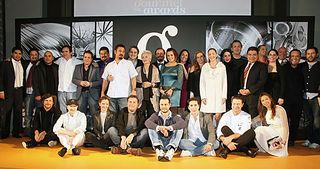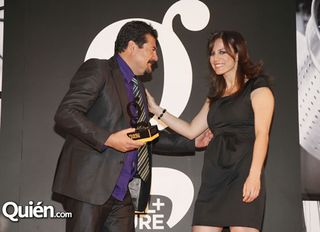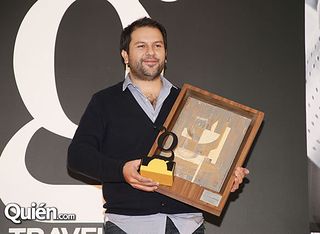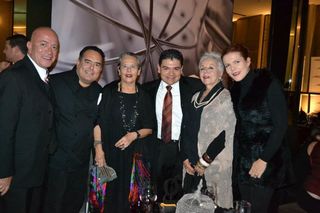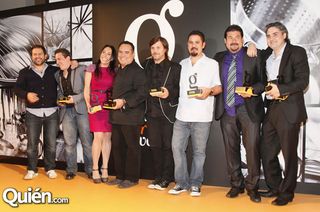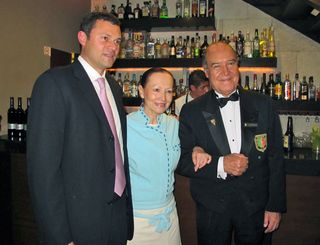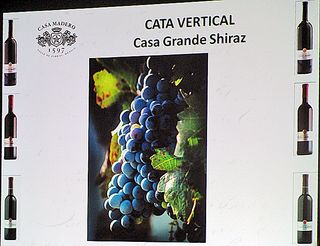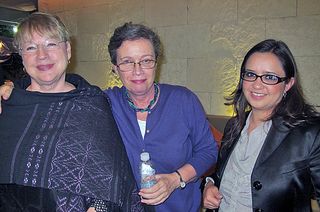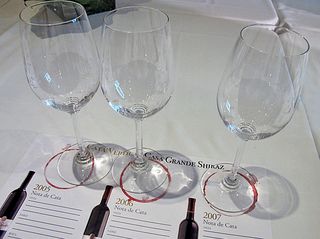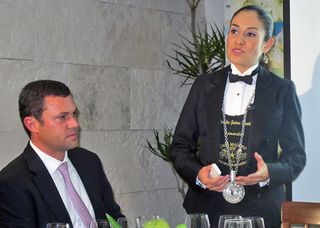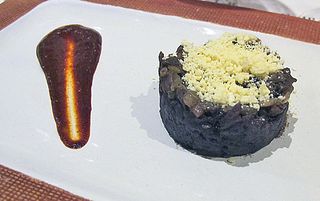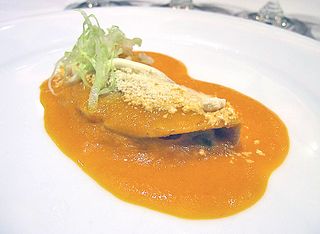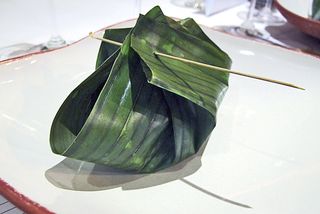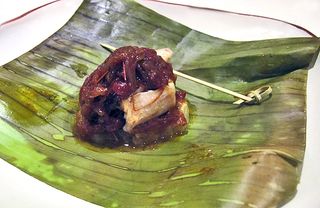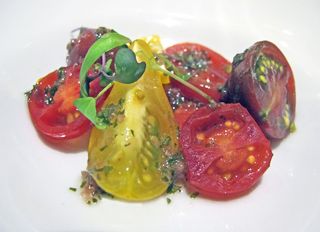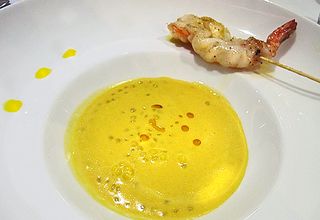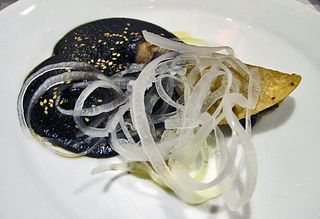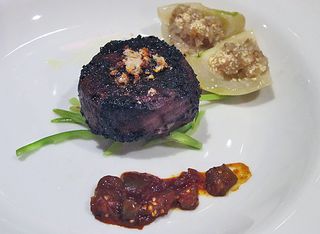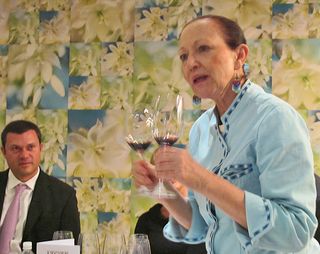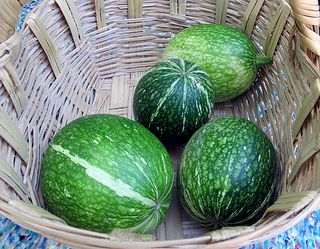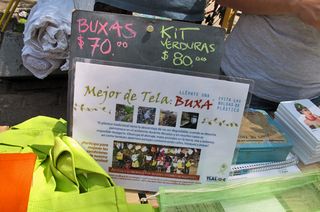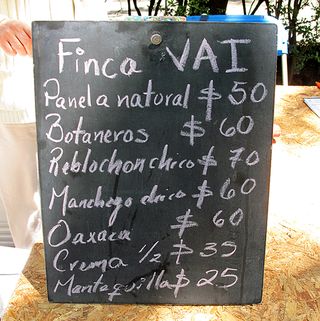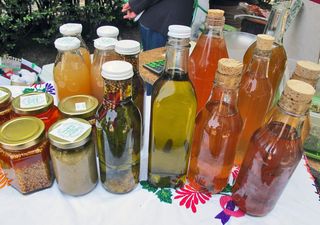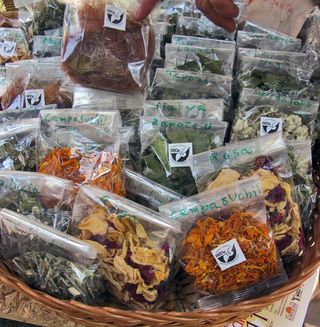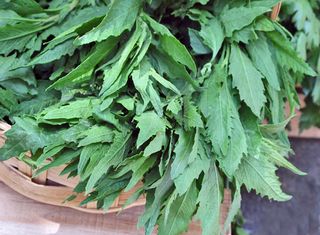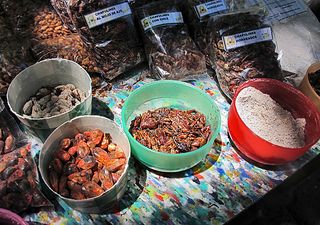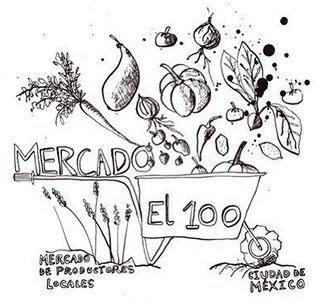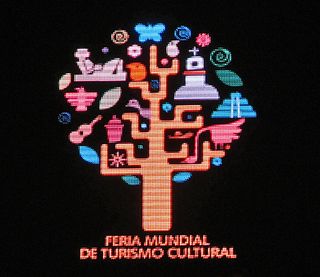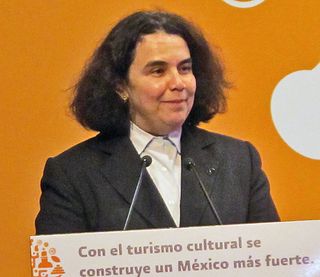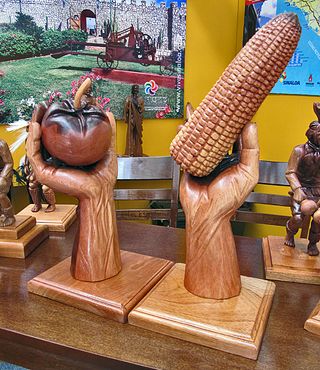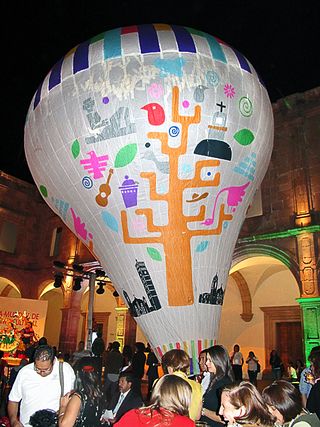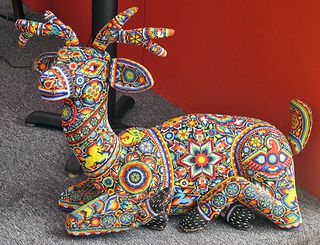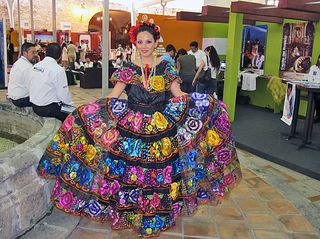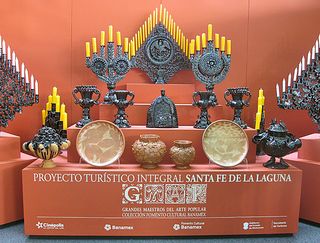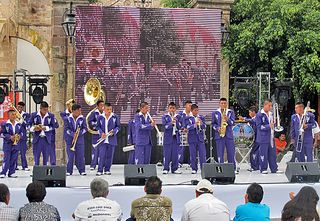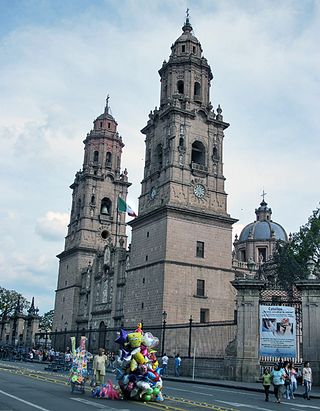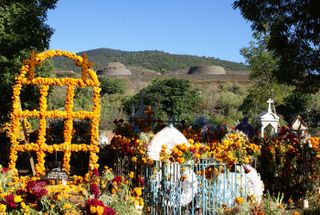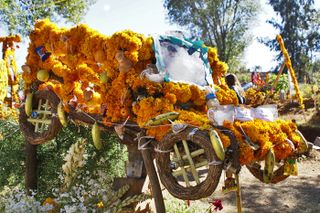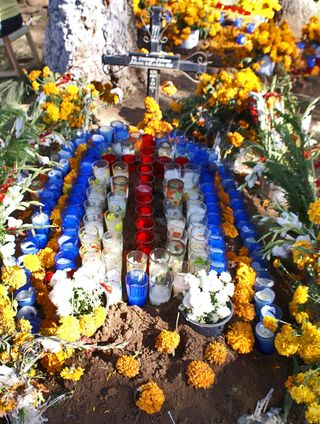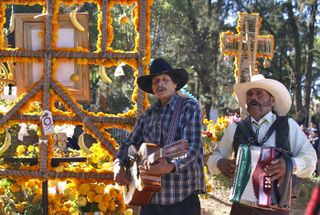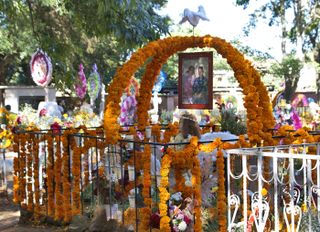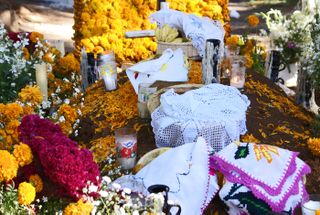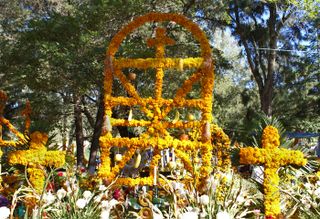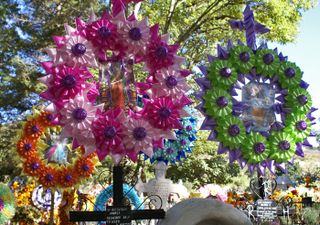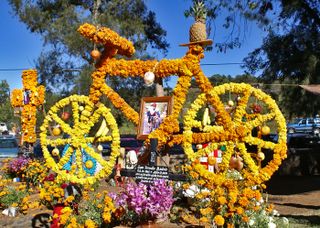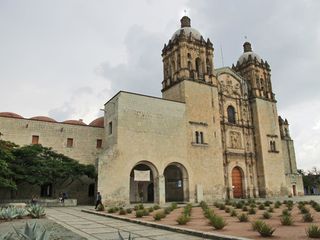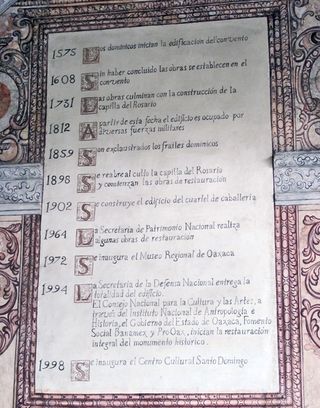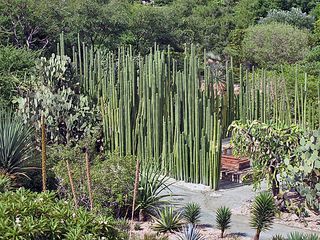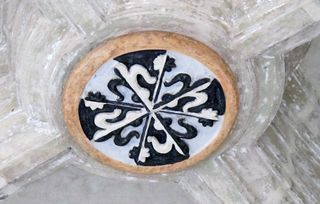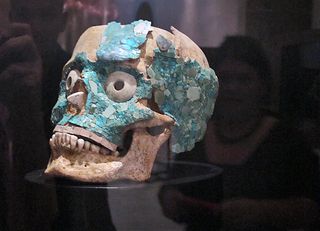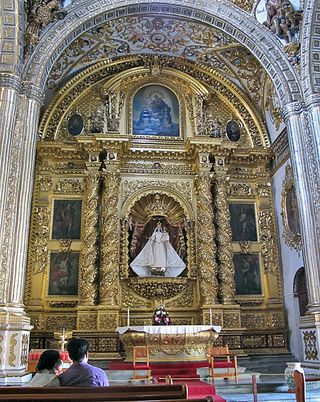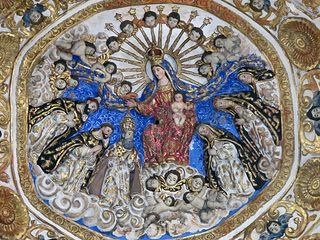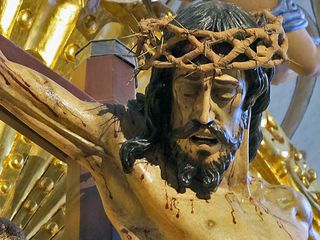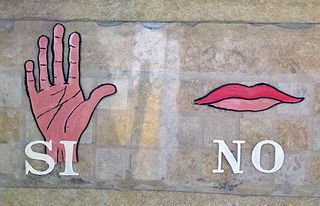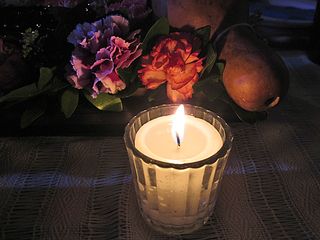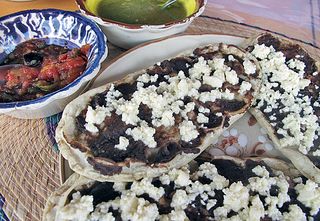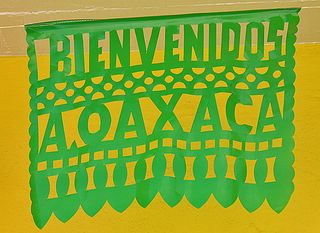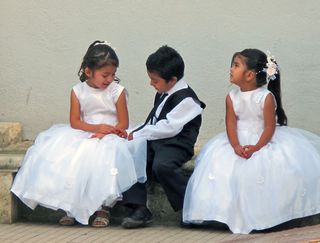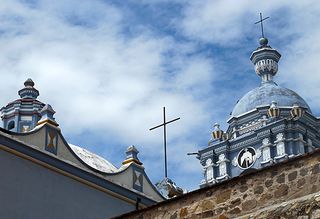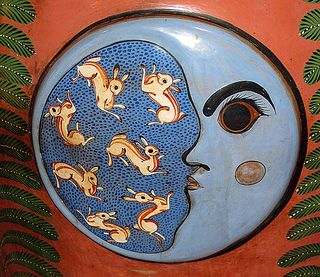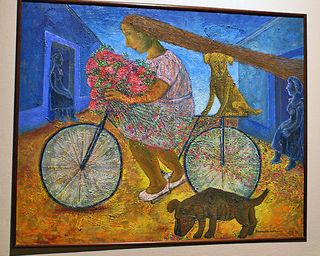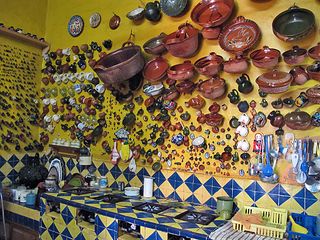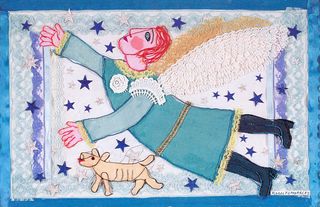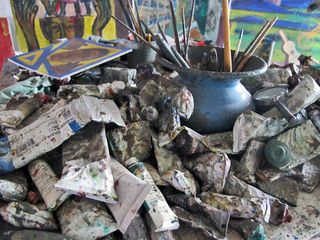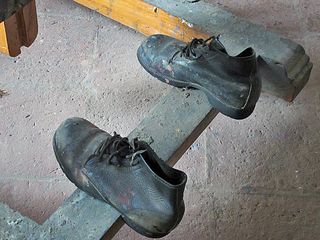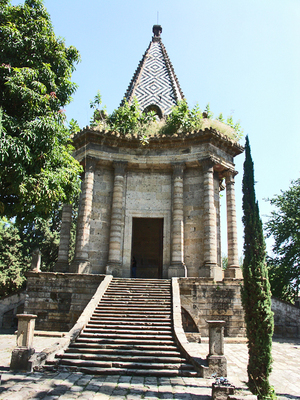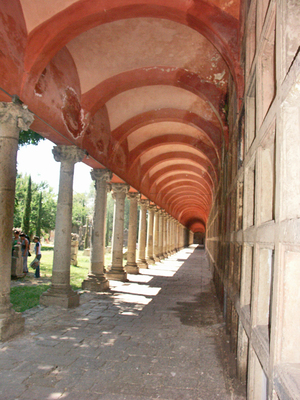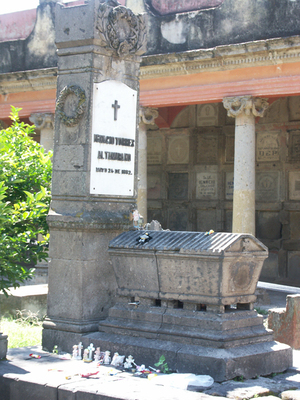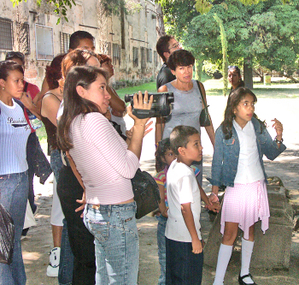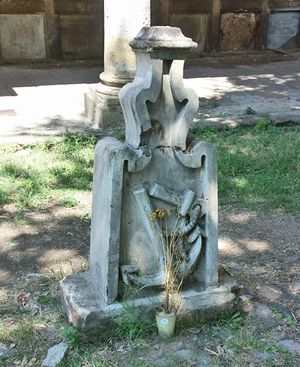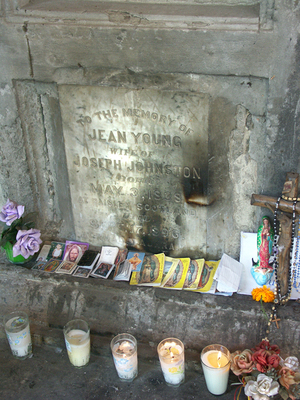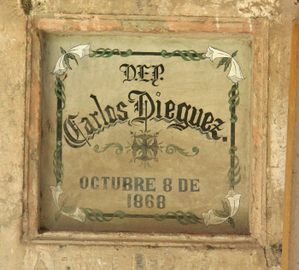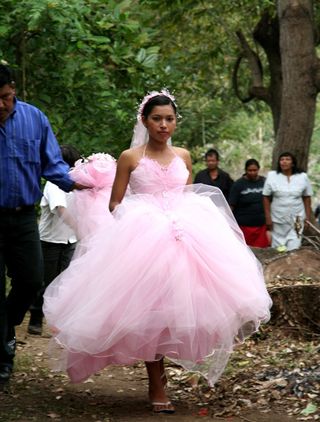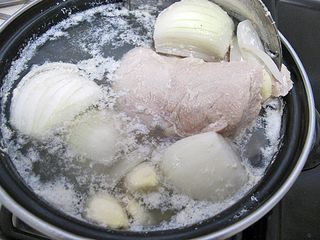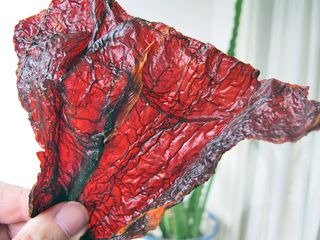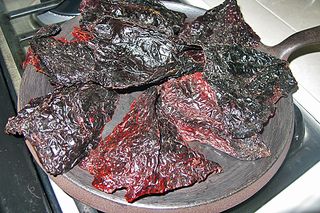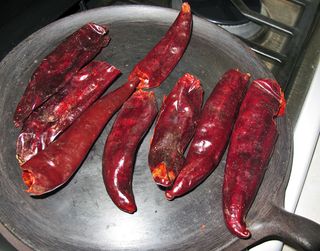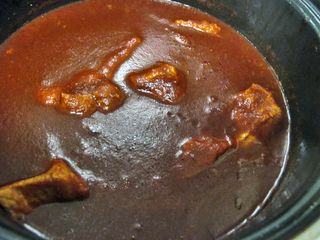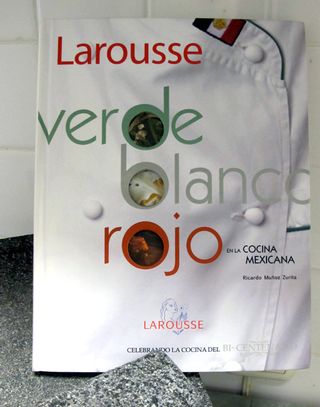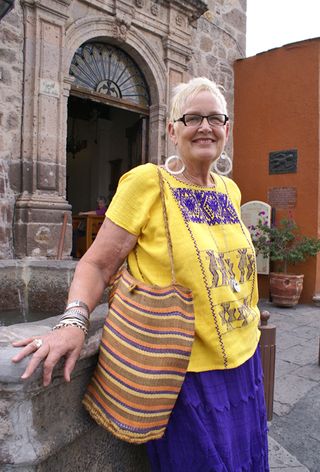
Creative, generous, and kind, Rose Calderone–occasionally of Chicago, currently of Morelia–is the founding mother at La Casona Rosa, her unique small hotel located at Galeana #274, Centro Histórico, Morelia, Michoacán. If you're going to Morelia, it's the place to stay for comfort, conversation, art, and impeccable information about all that central Michoacán has to offer.
Just so you know: I am proud to say that Rose Calderone is my friend. You know, then, that anything that Mexico Cooks! might say about her and her charming Morelia inn comes with a strongly positive bias. On the other hand, I can't think of a single person who has stayed at La Casona Rosa who came away as anything other than her friend and devoted client. Near the computer available for her guests' use is a small sign: "Enter as strangers – Leave as friends." In one clear sentence, Rose makes her philosophy as a host completely transparent.

Open the street door to La Casona Rosa and the long, lovely, flower-filled private patio stretches to welcome you.
Tripadvisor.com names La Casona Rosa the number one small hotel in Morelia and lists twenty-two reviews (and counting!) from completely satisfied customers. What they have to say speaks louder than any advertisement. One reviewer summed it up perfectly: "An Italian heart running a Mexican home: there's no better combination."
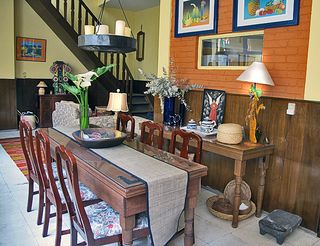
The guest dining room at La Casona. If you'd like to have a traditional and delicious Mexican meal cooked for you, just ask on-site manager María Armenta to prepare either breakfast or comida (Mexico's main meal of the day). The price is always fair and the food is out of this world.
The Colonial Suite–Mexico Cooks!' favorite home away from home. It won my heart with its en-suite bathroom and luxuriously comfortable bed, the cool breezes that pass through even on a warm spring day, its separate dining or conference room, and its Michoacán folk artisans' decor.

The Colonial Suite's en-suite bathroom. It's not huge, but it has all the things you need for your stay: a great shower, thick, thirsty towels, a hair dryer, and Michoacán-style homey charm. I took the towels down from the shelves so you could see for yourself just how wonderful they are!
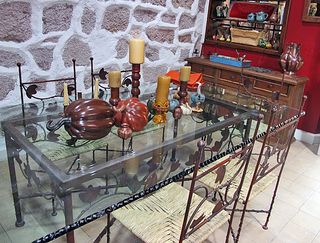
The Colonial Suite's dining/conference table. Everything you see in the photograph–from the chairs to the candles and from the chest of drawers to the glorious clay pumpkins–is a product of one or another Michoacán artisan. Rose knows all the artisans and if you like, she'll make sure that you know them, too.
María Armenta, on-site manager at La Casona Rosa, with an equine friend. It's not a special Michoacán six-legged horse: the third set of hooves belongs to another horse, hidden behind the one in the photo. Photo courtesy La Casona Rosa.
Rose's staff at La Casona Rosa is as special as Rose herself is. Another Tripadvisor review (February 2011) reads: "Morelia is a peaceful, fascinating destination, and Casona Rosa is clean and convenient, and decorated in a charming Mexican manner. A well appointed kitchen is available for all residents. But the central delight of Casona Rosa is the attention offered by María Armenta, the manager. She is tireless in her concern to be helpful, and her advice on the local scene – where to shop, eat, sightsee, etc. – is excellent. She also has access to a wide variety of local services, including Jesús, the well informed, courteous and reliable taxi/limousine operator. Morelia is delightful, and with the help of people named María and Jesús, what can go wrong?"
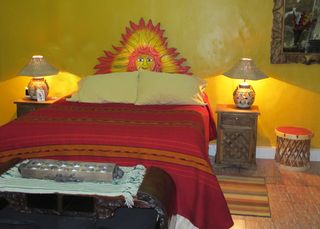
If you're visiting Morelia as a family, the ground-floor Pátzcuaro Suite could be ideal. The suite sleeps four or even five, and La Casona also offers a crib if you're traveling with a baby or toddler.
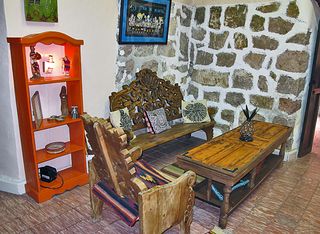
Across the room in the Pátzcuaro Suite, this rustic table, bench, and chair are perfect for an end-of-the-day glass of wine–or a taste of Michoacán's artisan liquor, mezcal!
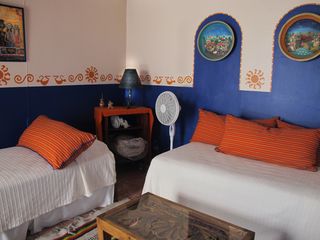
The second room in the Pátzcuaro Suite offers twin beds that can also be made up as one king-size bed. If you're traveling with children, this suite is equipped with games and other pasttimes for them.
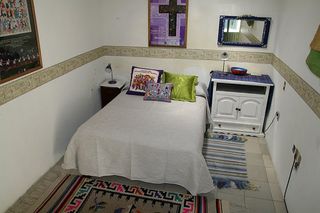
The Rose Suite, where the reviewer quoted below stayed. This suite includes a small kitchen for guests' use, a private bathroom, and its own patio.
Another reviewer wrote at length on Tripadvisor: "We arrived in Morelia with backpacks and no accommodation booked. After walking the streets for a few hours…we found Casa Rosa. It is literally a little piece of heaven. Centrally located within easy walking distance of all the great sites,cathedral, museums, food options and drinking spots, this place is a total gem. María the host is a complete delight, graceful, friendly and welcoming, fluent in Spanish and English and a mine of information about Morelia. There are several sleeping options in this lovely renovated old house. The rooms are very spacious, beautifully decorated and with comfortable beds. There are rooms with one and two beds, an excellent kitchen, beautiful lounge and dining area, wonderful courtyard and a second formal dining room. We had two dinner parties with other guests in our 7 day stay! There is also a self-contained apartment at the back of the property with two bedrooms, mini rustic kitchen, bathroom and its own courtyard with sun and shade; this is where we stayed. Great for short and long stays. If you are in Morelia and you want charm, comfort, excellent location, very good value for money and wonderful hosts then Casa Rosa is the perfect choice."

In the fully equipped main kitchen–guests are free to use it–the corn on the Michoacán-made copper charger is real (and really that color) and so is the banana, but the red pepper is glass. Art mixes perfectly with nature at La Casona Rosa.
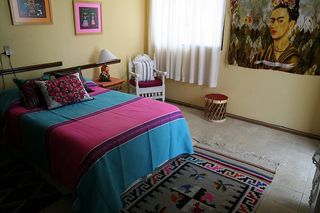
The ample bedroom of the Frida Suite. Rose is a huge fan of Frida Kahlo; you'll see her image at least once in most of La Casona's rooms. A reviewer on Tripadvisor said this: "The room that I am in–the Frida Suite–is quiet, bright, clean, and very comfortable. I've enjoyed making use of the kitchen for breakfast, and there always seems to be hot pot of coffee ready first thing in the morning."
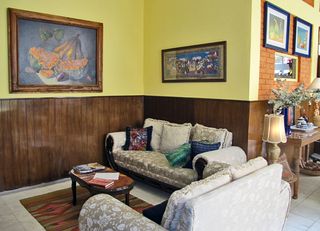
The guests' living room. Just out of sight on the left is the stairway to the lovely guest bedrooms on La Casona's second floor. In addition to the already mentioned amenities at La Casona, guests have access to free long distance calls either within Mexico or to the United States. Just be sure you grab the right phone for the place you want to call–Rose or María will tell you which is which.
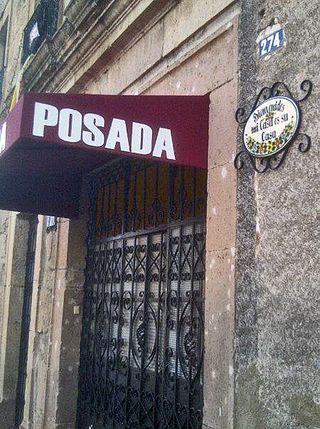
A posada–an inn–offers much more than shelter. The plaque at the side of the door reads, "Bienvenidos, mi casa es su casa." (Welcome, my house is your house). La Casona Rosa is truly a home away from home.
When you call for reservations, please make sure to tell them that Mexico Cooks! sent you. There's no kickback, of course, but I know that the fabulous Rose and her staff of magicians would be tickled to hear that I recommended them.
La Casona Rosa
Galeana #274
Morelia Centro Histórico
Michoacán, Mexico
To reserve, call from the USA: 1.773.696.5771
Within Mexico: 01.443.312.3127
To reserve online: onlinereservations@casadelarosa.info
https://www.facebook.com/lacasonarosa
Looking for a tailored-to-your-interests specialized tour in Mexico? Click here: Tours.

